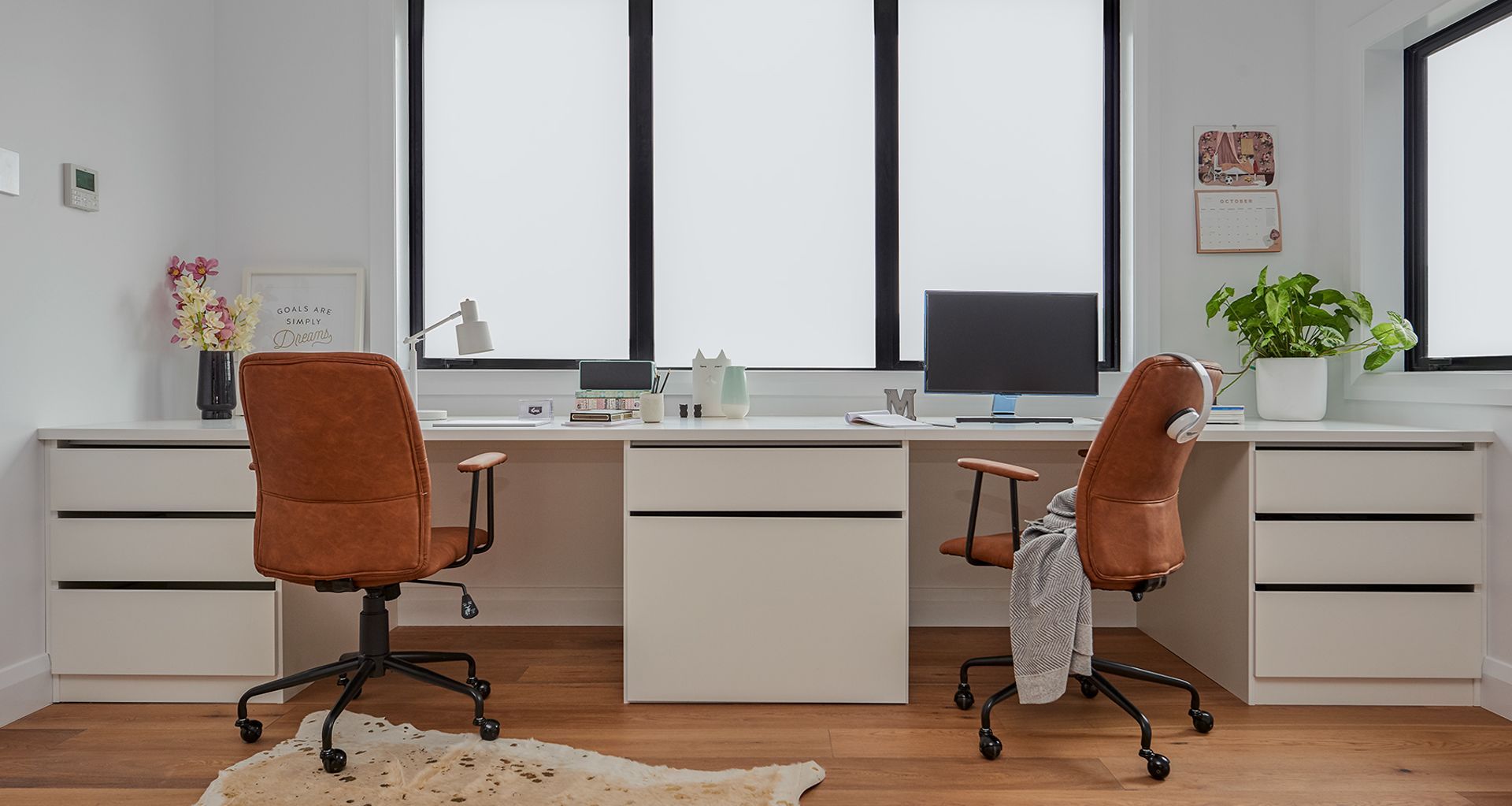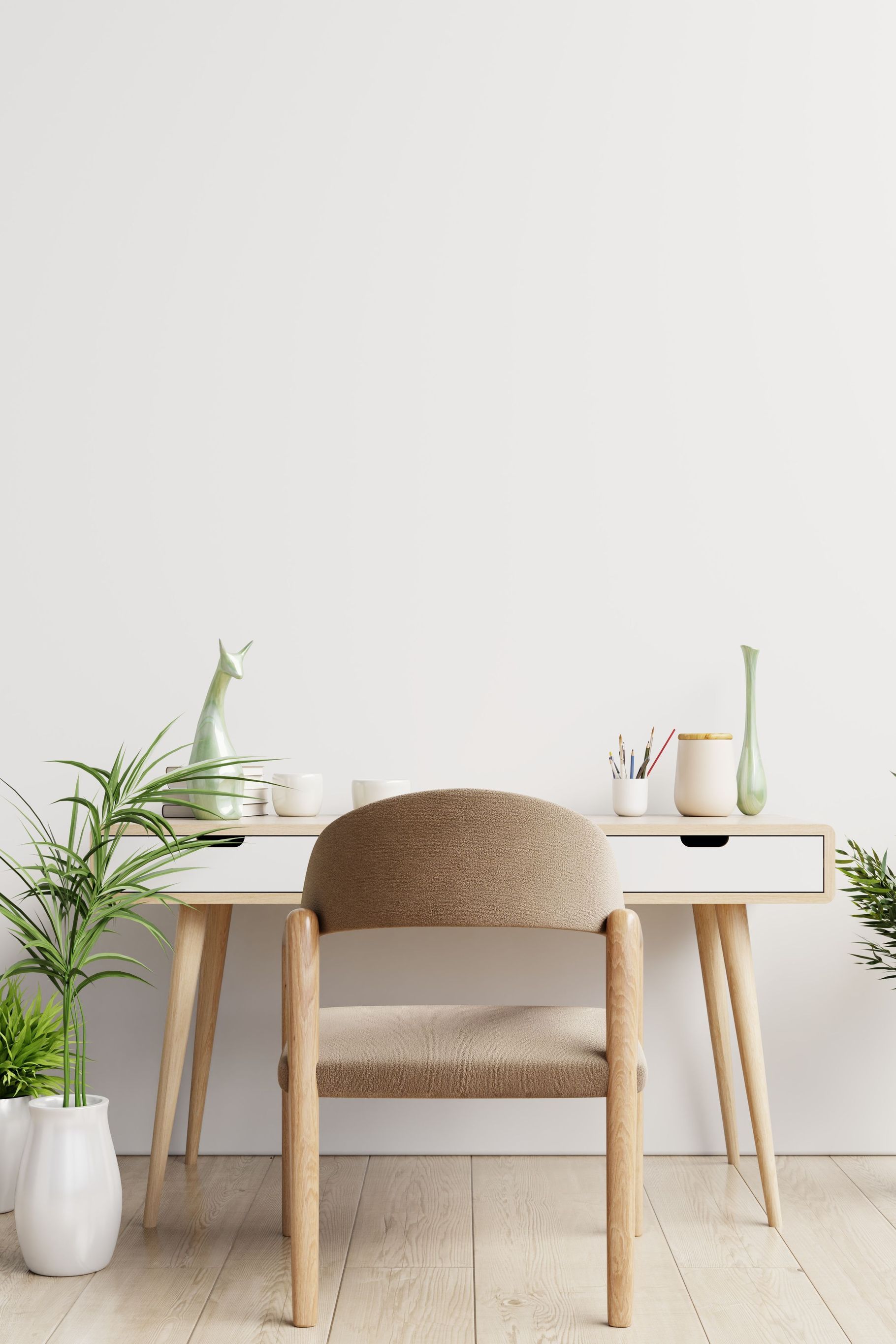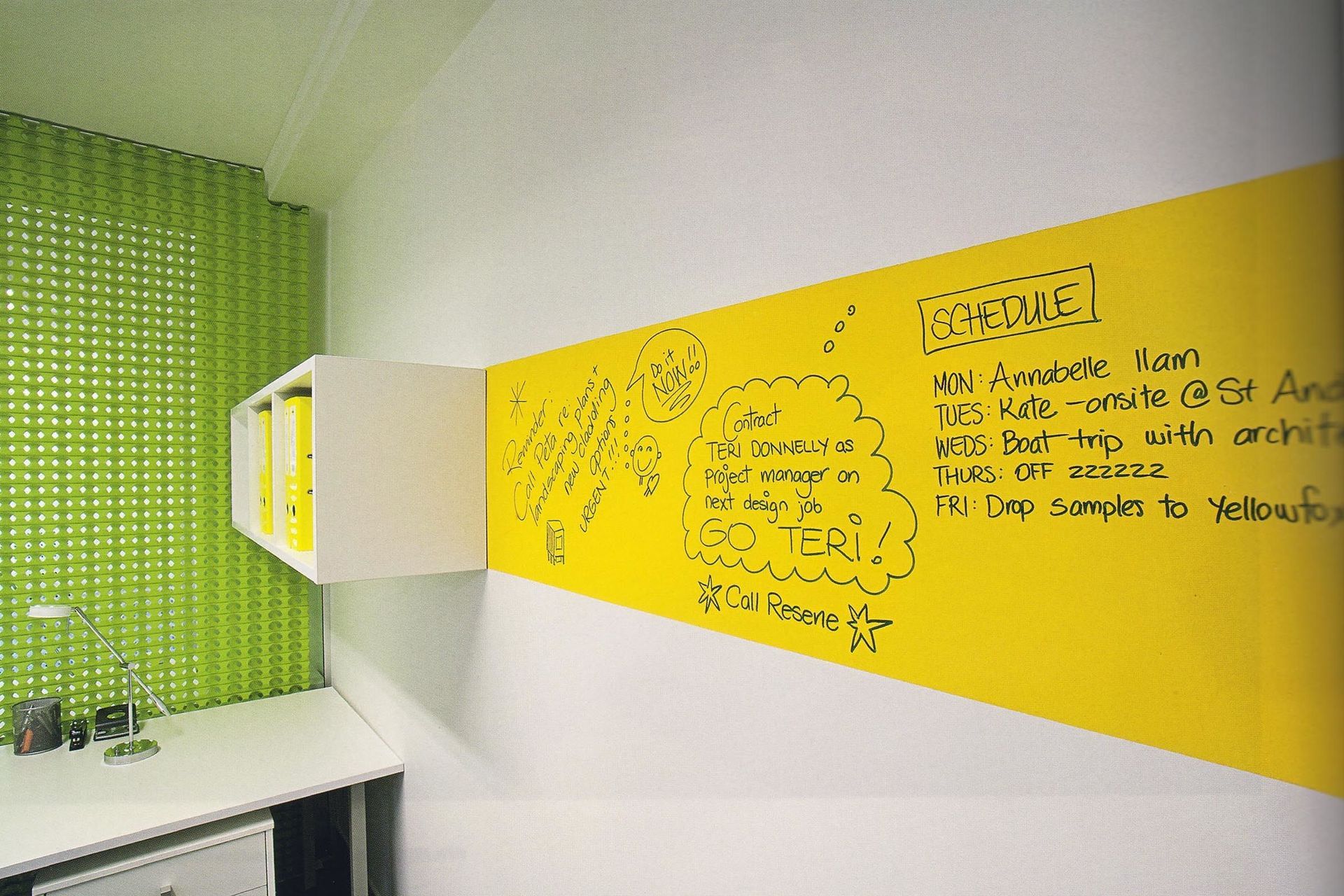How to set up the perfect work-from-home space in minutes
Written by
17 March 2020
•
6 min read

While there are downsides to working from home—such as the reduced interaction between colleagues and the collaborative nature of office settings—it can actually be a boon for productivity. Particularly if you set yourself up for success. We've done some research into productive home office set-ups and come up with these top tips for the perfect work-from-home space.
Designate a space for work
It might sound like heaven—lying in bed all day, unshowered, and only rising for occasional visits to the bathroom and kitchen—but working from home presents a unique challenge working in an office doesn’t; namely, getting your head in the zone to work.
Choosing a designated space for work, and not just working anywhere and everywhere, helps enormously.
The location and space you’re in affects your state of mind. It’s one of the reasons we’re advised not to watch TV in bed; it trains our brain to associate that place with something other than sleep, which can make sleep more difficult.
Have you had days where you’ve got up for work feeling unmotivated, but then once in the office find yourself switched on and in the groove? That’s the wonder of mental association. When working from home, you want to try and build similar associations with the space you work in.

The ideal scenario is to turn an entire room into a home office. With a dedicated room, it’s easier to keep your work all in one place and when you’re finished at the end of the day, leave the space until the next day.
If you don’t have the space to dedicate an entire room to an office, that’s okay—a specific desk or area within a room can work the same associative magic. Try your best, however, to only use that space for work.
Design to motivate and inspire
Once you’ve chosen a space, it’s time to start thinking about what you’ll populate it with.
A home office shouldn’t just be utilitarian; it should be a space that inspires you to work. Take advantage of the fact that you get to make all the decisions about the decor.
During a lockdown you'll find yourself limited by what you can order to your door, but don't let that mean you neglect the aesthetic of your space. While you wait for your order of Resene’s Write-On wall paint (it creates a clear whiteboard-like finish over a painted wall) to arrive, consider what you already have in your home that you can repurpose to lift your office space. The bonus here is that it’s your home, so you’re free to go wherever your taste takes you.
Choose the right furniture and fittings
There are three primary things you need for a productive home office space: cool lighting, a good desk, and a comfortable chair.
1. Lighting
Good lighting design is a big part of making an effective home workspace. Lights on the cooler and bluer end of the colour temperature scale are ideal for a workspace. Blue light is what tells the brain it’s daytime and a lack of it can tell the brain the opposite, making you sleepy. Keep the warm and dim lights for the relaxing spaces in your home.
If you’re only working at a desk in the corner of a bedroom, however, you can use task lighting to achieve a similar effect. Use a lamp and fit it with a cool-coloured bulb. Use it while you’re working but when you’re done, turn it off and use your room’s regular warmer lighting.
2. Desk
As the piece of furniture you’ll be working at for most of the day, your desk needs to be one that’s comfortable and conducive to getting things done. Make sure it’s of a height where your chair (which we’ll get to in a moment) can be adjusted to an ergonomic height. If you're lucky enough to own a height-adjustable desk then you're well ahead of the game as you can tailor your desk’s position to your chair, or ditch the chair entirely and stand. If not, then it may pay to look at investing in one for the next time you need to work from home. At the very minimum, a kitchen table is the right height for seated work and is preferable in terms of ergonomics to an island bench.
3. Chair
As with choosing a desk, think about how your chair will affect your ability to work. Choose the most comfortable chair you can and avoid the temptation of just using your laptop in bed or on the couch. If necessary use cushions to make your chair as ergonomic as possible, or ask your workplace if you can borrow your office chair for the duration of your stint working from home.

Go green
Add some plants to your workspace. Research has shown that adding plants to a previously spartan office environment increases productivity, workplace satisfaction and self-reported levels of concentration.
Control the sound
One of the more difficult things to control when working from home is noise pollution. While they’re generally more quiet than the hustle and bustle of commercial areas, residential areas can still have their fair share of disruptive sounds—jarring noises such as lawn mowers, residential construction etc.
The invasiveness of sounds can be minimised with acoustic treatment. However, if you don't have the ability to assess the acoustic performance of your workspace currently then a pair of noise cancelling airphones is your next best bet.
Clear the clutter
Keeping your workspace free of clutter and junk is helpful for maintaining focus. This advice applies to a desk in a regular office too, but the difference with a home office is that there’s more of your stuff laying about that can migrate onto your desk and take over the space.
Use storage and shelving units to keep files or any loose bits and bobs tidy and easily found.
Beyond organisational furniture, a useful mindset to approach your workspace is to imagine it was in an office where your coworkers or clients could see it. Would you want them to see dirty plates, empty coffee mugs and piles of washing to fold? Probably not. A disciplined approach makes it easier to treat your desk as a place for work and for work only.
Browse Archipro’s range of residential projects and start designing your home office space by engaging with the best architecture and design professionals today.
<sup>Top banner image credit: </sup><sup>Innovative Interiors</sup>

